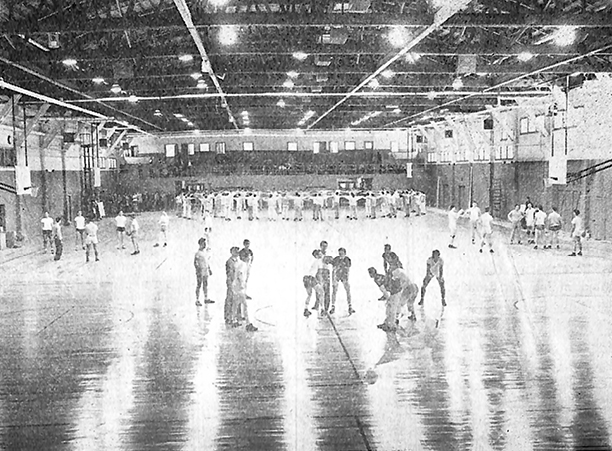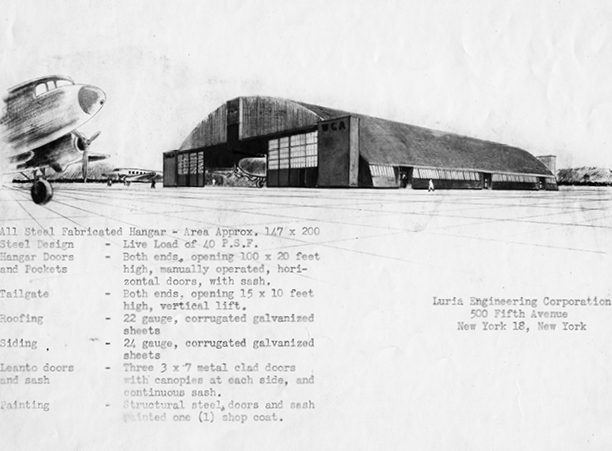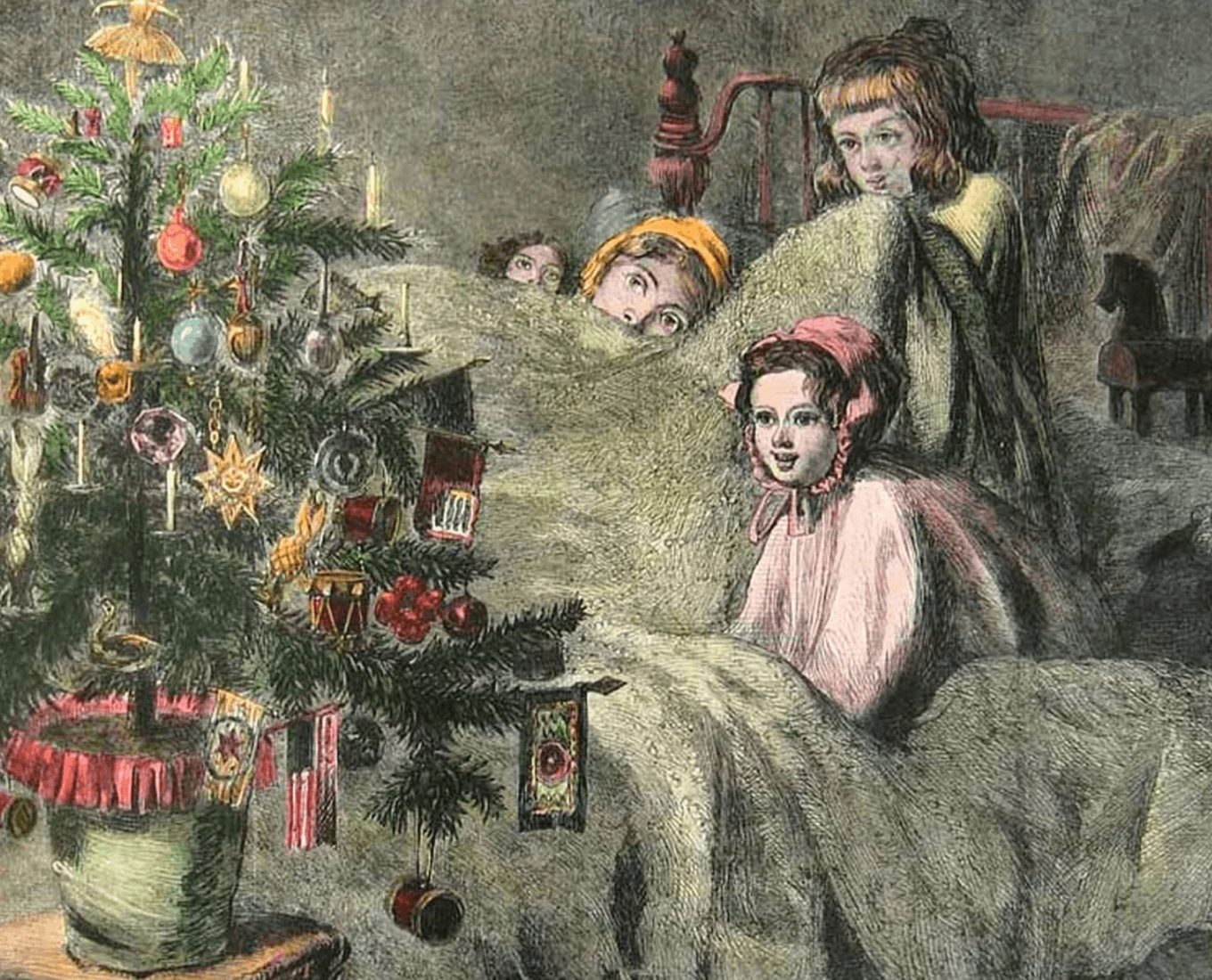
It wasn't much to look at, but it did the job.
A utilitarian workhorse, the Field House fulfilled a host of functions over its 70 years: gymnasium, practice facility, concert hall, Commencement stage, finals pressure cooker, class registration hub ... the list is long.
From the start, the structure was intended to be a very temporary solution to the College's need for a gym. In 1945, advisers to Holy Cross President Rev. William J. Healy, S.J., noted that a new gym would serve two purposes: "Father Healy's advisers pointed out that a gym would enhance the school's popularity with students and help safeguard their moral lives because, he reported, there was 'an astonishing drop in temptations and sins of impurity' after a gymnasium opened at another Catholic college," wrote the late Rev. Anthony J. Kuzniewski, S.J., in "Thy Honored Name: A History of the College of the Holy Cross."
The estimate for building a facility came in at $1.8 million, which Fr. Healy noted was "a very classy neighborhood for us." But with post-war enrollment on the rise, more housing and classroom space quickly became higher priorities. In 1946, Fr. Healy turned to the idea of finding and repurposing an unused surplus building from one of New England's military bases: "a temporary structure that would tide us over the emergency of next Fall and Winter and would be a good stop-gap ... until the gymnasium emerges," wrote Fr. Healy in a letter to architects.
This temporary building, a surplus hangar from Rhode Island's Camp Endicott, a U.S. Navy Seabee facility in North Kingstown, would tide over the College — and generations of students — through December 2019.
With the Field House slated to open in March 1948, Fr. Healy turned his attention toward construction of a new biology building (what would become O'Neil Hall), which he said was needed to "avoid compromising perhaps the best course offered by the College."
But he knew the decision would be an unpopular one. "There is no doubt about it: the Alumni will scream in anguish whatever building is started before the Gym," Fr. Healy wrote to the Jesuit provincial, complete with italics. "The Gym is an albatross hung right around our necks."
Alumni may have wanted a "permanent" gym, but for 70 years they made good use of — and good memories in — that unassuming building. The years before the opening of the Hogan Campus Center in 1967 and the Hart Center in 1976 were the golden days of the Field House, where it hosted a variety of activity and produced fond memories for generations.
******
"The year was 1961, and we were freshmen living on Wheeler IV, with windows overlooking the Field House. On those special Saturdays when buses brought women to the campus for a dance, we developed a ritual. About an hour before the dance started, we cleaned up, dressed up a bit, sometimes found courage in libations and gathered in small groups looking out the windows for the heaven-sent buses. When we were sure that the dance was underway, we walked up the hill and made our fashionably late entrance. No one of us dared approach a gathering of the opposite sex and risk being turned down for a dance. We just kept circling the dance floor like moons in a planetary orbit." — Donald D. Blake '65
"The Field House was where Commencement for the class of 1956 was held and where, on that day, more than 100 of us received military commissions (as Navy ensigns or Air Force or Marine second lieutenants). On a more personal level, the Field House also was the place where, at a weekend dance in the spring of 1953, I met Janice Foley, my wife of now almost 63 years and counting." — Bill Haupt '56
"As a senior, someone discovered the bright idea of a marathon basketball game nationwide competition. The rules were: only 10 players, regular game procedures, stoppages only for half time, ends of games and an occasional timeout. I was not excused from a mandatory quiz in Joe "Friar" McGuire's class. The solution was to arrange one game to end, have a waiting car whisk me down to the start of class for the quiz (originally failed, later curved to pass), then return me to the Field House to continue to play. We set the record, over 28 hours. No sleep." — Jim Casey '67
"I could walk up there, take a ball from the huge carton that was filled with balls, and spend a couple of hours shooting or playing two-on-two or three-on-three with anybody who was around. One day I had put in a couple of hours and was getting ready to leave when I noticed a group of four or five guys going out on one of the courts. It was not unusual until one guy in the group asked me if I'd join them because they were short of an even number. I glanced at them and saw that one of them was Bob Cousy. How could I not join in? I still ask myself that question and I never have a good answer. But — and I'll regret that until the day I die — I told them I had to get back. That was the Field House: a place where you could play with one of the great players of all time, a place where the greats would play with the not-anywhere-near-greats." — Bob Marrion '52
"Though perhaps being the least athletically gifted human on this planet, I was begrudgingly allowed to play some basketball with four classmates in the spring of '57. Being sports editor of The Spire (nee Crusader and Tomahawk) granted me no advantage, but when two alums dropped in to shoot hoops, the five of us took them on. For the rest of my life I have been able to brag that I played against Tommy Heinsohn and Bob Cousy." — Edwin G. (Bud) Montgomery '57
"The most notable event in the Field House during my time at Holy Cross might be The Who concert in November 1969. The Field House was dangerously packed, but nobody cared.
During the band's sound check, a crowd outside started banging on the windows and doors to be let in. In the aftermath of Woodstock, the people thought the music should be available to all interested parties with or without tickets. Someone made a good decision to open the doors, thereby avoiding a possible riot." — Cliff Browning '71
"April 1987: Due to a snowstorm, our Navy ROTC training had to be in the Field House. I remember a sea of Navy ROTC students in our whites, blending in with the snow as we all made our way to the Field House in the afternoon. The Field House was the home of many of our Navy ROTC Physical Training Tests over the years. " — Karen Tsiantas, Capt. USN (Ret) '87
"During our five years at Holy Cross, we watched an astounding roster of musicians perform at the Field House, including America, Aerosmith, Delaney and Bonnie, Jesse Colin Young, Melissa Manchester and the Eagles. Yes, those Eagles!" — Pat Malgieri '76 and Patty (Kidera) Malgieri '77
"In fall 1982, Southside Johnny and the Asbury Jukes made a trip to Mount St. James as Holy Cross was making a last gap attempt to keep any sort of concert series on campus. Two years earlier, a concert by a couple of guys from Philadelphia named Daryl Hall and John Oates had been sparsely attended and the school had said they would no longer back these events.
The Field House stage consisted of a bunch of rectangular banquet tables. There was no seating so everyone would stand to watch the show. As the Jukes took the stage, the crowd surged forward. Remember the banquet tables? The "stage" started to buckle. The security team was asking everyone to move back. No one did. Southside was laughing at the whole situation, but things were getting worse. Even a rubber chicken flying on the stage could not help." — Richard Hoff '84
"In August 1987, I was dropped off on Fitton Field for the men's soccer first practice. After two sessions of grueling practice, I was shown to the Field House, which became my living quarters for my first two weeks on campus because the dorms weren't open. I had a cot and shared a room with six to eight other gents who didn't have off-campus living arrangements or could commute. I remember it being hot and one night leaving my cot to sleep on the large gymnastics mat that sat below a climbing rope that went to the rafters. I remember every little sound echoing and not getting much sleep at all. At least the mat was nice and cool, and there was a bit of air circulation out in the open space. I'll never forget that time." — Michael Brodeur '90
"As the children of George Blaney '61, former head basketball coach from 1972-1994, the Field House was our playground. We would go up with my dad to practice, run around the track, jump on the pole vaulting mats until we were so tired we would just lay there, and venture in and out of the squash courts trying not to get locked in.
My brothers would shoot hoops until a ball would roll into the middle of practice and Kevin would blame Terry. We jumped over the chairs in the balcony, playing hide and seek. My dad ran a boys basketball camp based out of the Hart Center all the years he was coach. Because there were hundreds of kids, the Field House was used for practices and games, sometimes eight going on at a time. It would get loud and hot, with voices echoing off the walls, and if it was raining, the smell could get very funky.
As we grew, the Field House was a place where we saw some excellent concerts including Southside Johnny and the Asbury Jukes, Hall and Oates, Squeeze and the Chieftains. Holy Cross was a great place to grow up and the Field House played an important part in those times." — Annmarie '86, Terry '88, Kevin '89, Tricia and Brian Blaney
"I was introduced to the man who would become my husband in the Field House in 1990. Over the years when we were back at Holy Cross with our four children, I would show them the exact spot. They would humor me with their feigned interest and roll their eyes when I'd give him a kiss to commemorate the place." — Lisa Germer Bice '90
"Met my wife there in 1962. As a frosh in 1960 from an open window in Wheeler, I could hear the strains of the Glenn Miller Orchestra playing "Moonlight Serenade." As a gym rat in 1959, I watched a skinny kid out of Assumption Prep, later to become known as Jack "The Shot" Foley, practice with our basketball team. That same year, I was surprised to see the Celtics' Tommy Heinsohn playing a pickup game with some students. I also watched another Celt, Bob Cousy, all alone late at night sinking hook shot after hook shot from the top of the key! At junior prom in 1962, as the music chairman, I provided Cokes for Lionel Hampton & his orchestra." — Mike Falivena '63
"It was a Friday night, around 10:30 p.m., September 16, 1966. My former roommate convinced me to make an appearance with him at the mixer at the Field House. As we walked in, there stood a 5'10" Worcester girl, with blondish hair down to her waist. In those times, there was nothing you could say that was right, so I simply walked straight into her and apologized. How better to start a relationship than to say 'I'm sorry'? We danced, walked, talked and the rest is a 54-year history." Phil Sbarbaro '67
"The Field House was a sort of lifeline for me in my early days at Holy Cross. I am a member of one of the first classes of women on The Hill and arrived as a nervous 17-year-old. Although I didn't bring many extras with me, I made sure to pack my basketball. At home, I had never been much of a player, but I was a bit of a sharpshooter. When I was lonely or homesick, I would mope my way from Wheeler up the back hill to the Field House. There I could work out my blues; just me and the basket. Little by little, I adjusted to life at Holy Cross. The Field House gave me a place to kill time, get some exercise, meet other hoop-heads and slowly ease into campus life. The transition would've been much tougher without it." — Maureen Kiley Daniels '77
"As a member of the Holy Cross men's tennis team, 1972-1976, I remember preparing for the spring seasons with hitting sessions in the Field House. While other teams in our league would take a southern swing to Florida to prep for their seasons, we would trudge to the open expanse of the Field House to hit tennis balls to each other. There were no nets, no backstops, no lines on the floor save the myriad of basketball and volleyball crisscross perimeter lines. The Tartan surface was so slippery that the balls did not bounce, but rather skid across the surface offering little opportunity to "groove" our strokes. Ah, but to hear that familiar "plop, plop" of tennis balls on tennis racquet strings amid the general din of dozens of bouncing basketballs, we knew that spring was coming and the outdoor season was soon to begin." — Herb Nachtrab '76
"The scene: early spring morning baseball practice, inside the Field House, approximately February 1995. Craig Cookson '97 overthrows baseball to Chris Dziadosz '96, shattering a glass trophy case containing memorabilia from the 1952 NCAA championship-winning team.
A suddenly quiet Field House combined with shattered glass everywhere was quite an embarrassing image at the time. Luckily, fiery coach John "Jack" Whelan was not watching or we would have been an audience to one of his famous tirades. To this day I get a chuckle envisioning myself picking up the misthrown baseball amid such memorable items as the Jack Barry-led team photo and the James O'Neill (Most Outstanding Player) signed baseball." — Chris Dziadosz '96
"I was chairman of the senior prom and wanted to have the Duke Ellington band provide the music. The theme of the prom was 1001 Nights. Black cargo netting was dropped from the ceiling to replicate large desert tents. The waiters all wore turbans.
As the band was getting ready, I asked the piano player if they could start with the band's theme song, 'Take the A Train.' I still remember the piano player, a short man with a soft voice and very pleasant smile. His reply: 'We would be happy to do that for you.' My date and I danced to almost every song; 16 months later, she would become my wife and we would start a wonderful journey that is still going strong after 56 years. I think it was in 1967 when I read an article about the Ellington band. There was a picture of Duke sitting with another man identified as Duke's 'writing companion and alter ego,' Billy Strayhorn — the 'short man with a soft voice and very pleasant smile' I had asked to play 'Take the A Train,' a song that he composed!" — Bob Ryan '62
Written by Melissa Shaw for the Summer 2020 issue of Holy Cross Magazine.
About Holy Cross Magazine Holy Cross Magazine (HCM) is the quarterly alumni publication of the College of the Holy Cross. The award-winning publication is mailed to alumni and friends of the College and includes intriguing profiles, make-you-think features, alumni news, exclusive photos and more. Visit magazine.holycross.edu/about to contact HCM, submit alumni class notes, milestones, or letters to the editor.
Holy Cross' Legendary Field House: An Oral History
Alumni remember the building that was supposed to be a temporary solution, but served the College in myriad ways over 70 years
Read Time
13 Minutes


